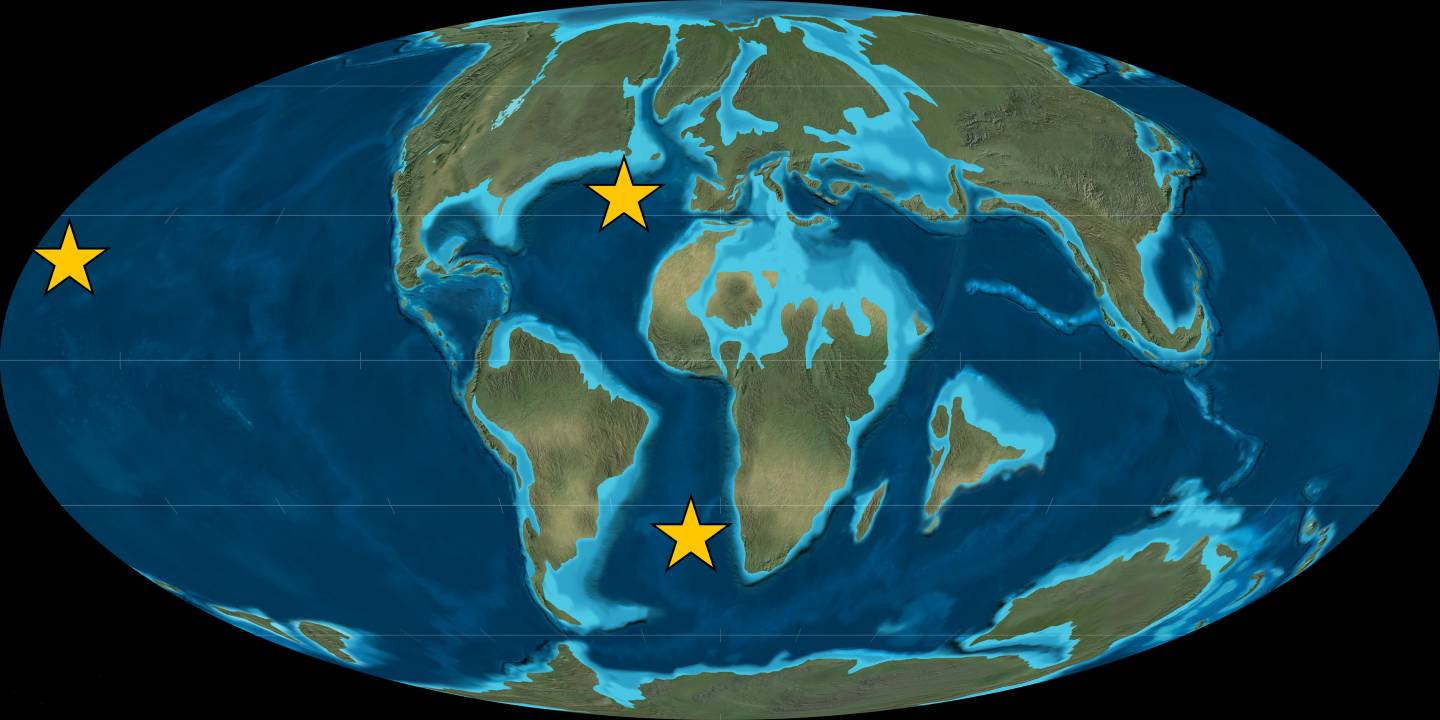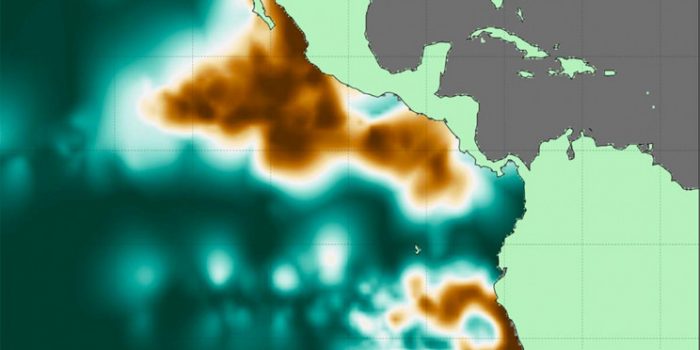Lack of oxygen in the ocean water can be a threat to marine life. Now, a team at the Massachusetts Institute of Technology (MIT) has created a 3D atlas of oxygen-starved regions of the tropical Pacific Ocean that they hope will help predict the marine impact of climate change.
“It’s broadly expected that the oceans will lose oxygen as the climate gets warmer. But the situation is more complicated in the tropics where there are large oxygen-deficient zones,” said Jarek Kwiecinski, who developed the atlas along with Andrew Babbin, the Cecil, and Ida Green Career Development Professor in MIT’s Department of Earth, Atmospheric and Planetary Sciences. “It’s important to create a detailed map of these zones so we have a point of comparison for future change.”

The map covers two major ODZs in the Pacific so far. The first that starts from the coast of South America is about 600,000 cubic kilometers in volume, enough water to fill 240 billion Olympic-sized swimming pools. The second zone, off the coast of Central America, is even bigger, at about three times the size of the first.
Four decades of data have been used to do the 3D mapping.
The measurements are important for two major reasons. First, it will allow us to see the potential boundaries of major fisheries and marine ecosystems that will help fishery management and conservation efforts, along with better directing environmental protection efforts.
It’s also important since ODZs are a major source of nitrous oxide, which is a powerful greenhouse gas.
The MIT researchers published their work in the journal Global Biogeochemical Cycles this week.
According to the International Union for Conservation of Nature, the world’s oceans have lost about 2% of their oxygen since the 1950s, and they are expected to lose 3% to 4% on average by 2100.

This drastic change has happened because as the oceans warm, they lose their ability to hold more oxygen. This leaves oxygen to be less in the depths of the water.
Another problem is the algal blooms. They result from the leaking of fertilizers along coastal regions. They are toxic and help deplete the local region’s oxygen.
“How the borders of these ODZs are shaped, and how far they extend, could not be previously resolved,” Babbin said. “Now we have a better idea of how these two zones compare in terms of areal extent and depth.”
“This gives you a sketch of what could be happening,” Kwiecinski added. “There’s a lot more one can do with this data compilation to understand how the ocean’s oxygen supply is controlled.”


